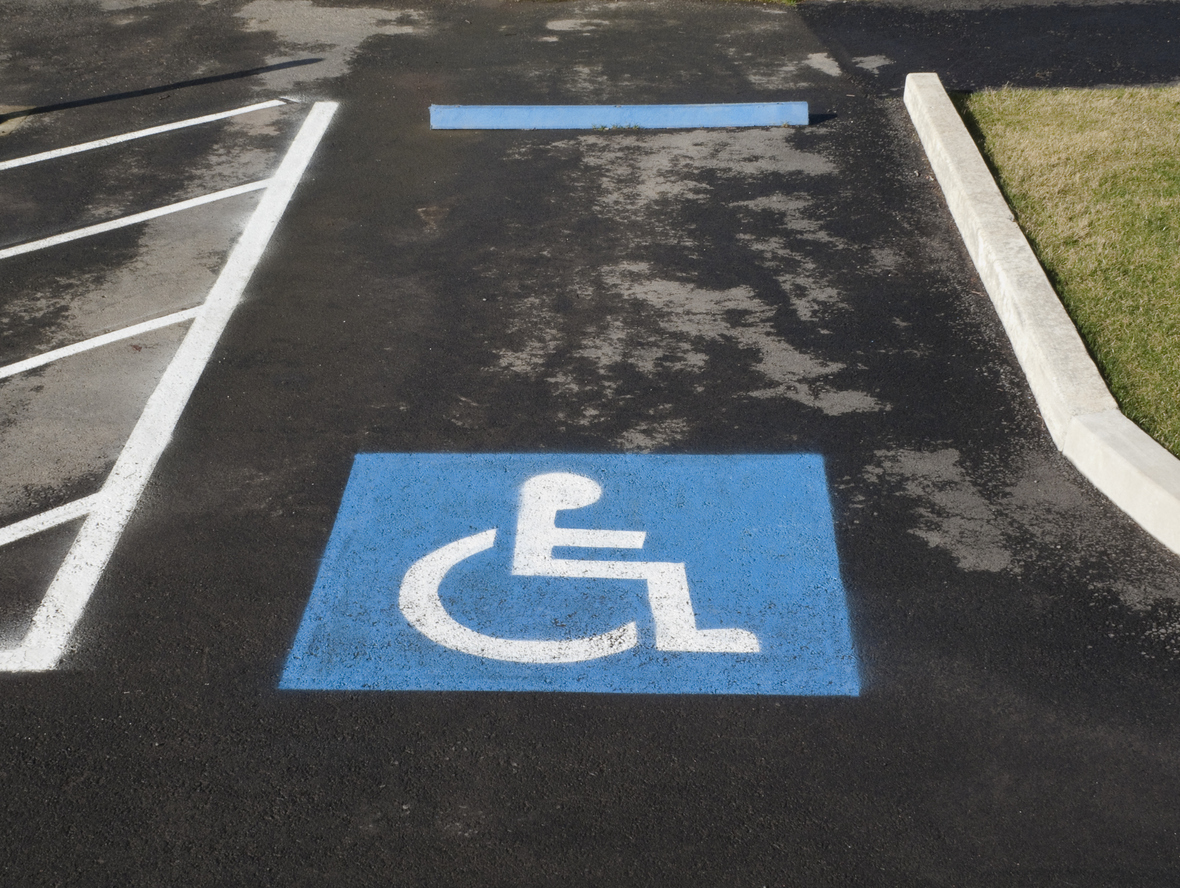Living with Chronic Pain
Coping With Harassment Due to Disability Parking Permits

Disability, or handicap, parking permits allow individuals with walking difficulties to park in specially designated spaces near the entrance of businesses. Although this makes activities possible, harassment may be experienced due to the permit. Oftentimes, an assumption is made that those using disabled parking spaces must be wheelchair-bound or have a visible disability, otherwise, they are faking. This assumption can lead to harassment.
Invisible disability
An invisible disability is a medical condition that is not visible to others. Because the condition is not physically visible, others may not understand an illness is present. This can lead to harassment when using a disability parking permit. For example, someone who cannot walk long distances due to arthritis exits a car with a disability parking placard and walks to the entrance of a building. An onlooker may decide they do not look disabled and do not need the parking space. However, if a physician has determined a permit is necessary, the individual has the right to park in designated spaces, regardless of the disability being visible or invisible.
Harassment
Examples of harassment include yelling, using inappropriate language, leaving cruel notes on vehicles, and staring inappropriately. Some onlookers may also film and post a video online. People may mock this person without knowing, for example, they are able to drive, stand, and walk short distances, but require a wheelchair for longer distances.
What to do if harassment occurs
If harassment occurs, individuals can choose to ignore it, knowing that the person harassing lacks understanding. Their opinion does not change the need for a disability parking permit. Harassment may also be an opportunity to educate others by informing them that not all disabilities are visible. However, care should be taken to avoid any discussion that could escalate to a physical confrontation. Safety should be the top priority.
Advocating
Individuals may also want to consider advocating for having the International Symbol of Accessibility (ISA) changed. Currently, the symbol is a person in a wheelchair, which perpetuates the assumption that the spaces are only for individuals with wheelchairs or other visible disabilities. If the symbol is changed to a more inclusive symbol, it may reduce the amount of harassment that occurs.
Additional source: Creaky Joints


















